Germany
The following photos accompanied “Wind energy encounters problems and resistance in Germany“, Der Spiegel, July 12, 2013.
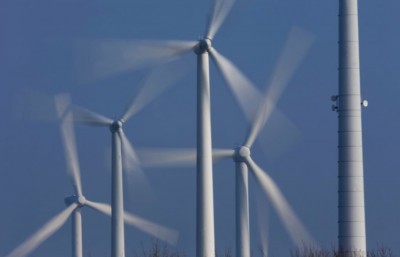
Germany aims to increase its production of wind power from 31,000 to 45,000 megawatts over the next seven years. By the middle of the century, it hopes to be generating 85,000 megawatts in wind power. This means 60,000 new wind turbines – not only offshore, but also in forests, in the foothills of the Alps and even in protected environmental areas.
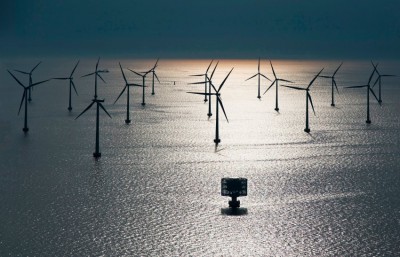
Given the technical difficulties and delays involved with setting up offshore wind farms and connecting them to the onshore power grid, many have placed their bets on the land-based generation of wind power. Since the prime coastal locations are already taken, operators are increasingly turning their attention to areas further inland. Even valuable tourist regions are to be sacrificed.
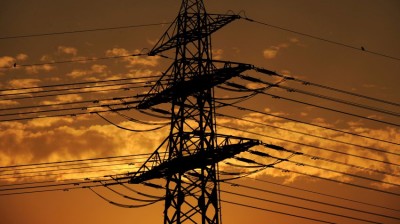
Around 2,800 kilometers (1,740 miles) of new extra-high voltage lines, plus 7,000 kilometers of distribution networks, are needed to expand the power grid so as to get wind energy to where it is required. Cost estimates put the figure at between €10 billion ($13 billion) and €20 billion. So far, only 268 kilometers of the planned grid expansion is up and running.
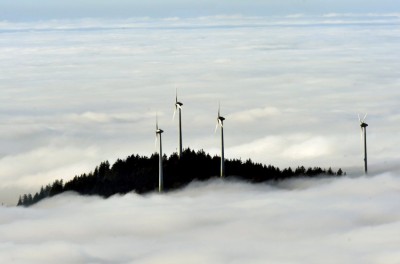
Many Germans have a strong attachment to their forests and worry that chopping down huge parts of them to house wind farms isn’t worth the benefits they return or the loss in beauty and tranquility.

More than 700 citizens’ initiatives have been founded in Germany to campaign against what they describe as “forests of masts”, “visual emissions” and the “widespread devastation of our highland summits.”

Planned increases in wind-power generation: The underlying divide between backers and opponents of wind-power expansion is basic and irreconcilable. On one side stand environmentalists and animal rights activists passionate about protecting the tranquility of nature. On the other are progressively minded champions of green energy and climate activists determined to secure the long-term survival of the planet.
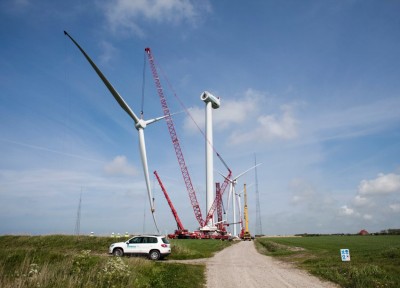
For the relatively weak inland winds to generate sufficient energy and profits, Germany’s wind farmers need to reach higher and higher into the skies. This rotorblade of this wind turbine is 120 meters (394 feet) in diameter.
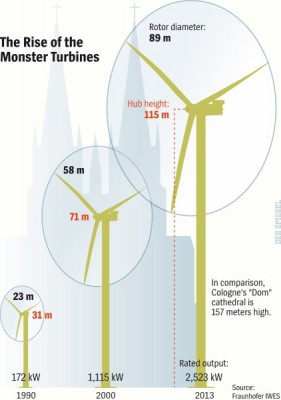
Onshore wind turbines continue to get bigger and bigger. But the decision to not build offshore wind farms turns out to be misguided not just for environmental reasons, but also for economic ones. At sea, turbines can achieve 4,500 full-load hours a year. By the coast, the figure is 3,000. Inland, a site is considered good if it produces 1,800 hours.
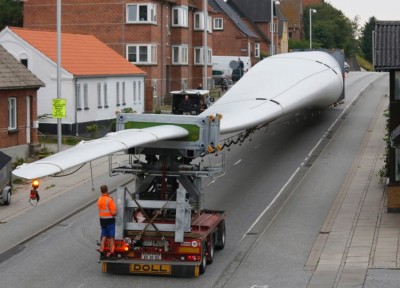
A rotorblade of a giant wind turbine is transported: The turbines currently being built across Germany, from the Ore Mountains in the east to Lake Constance in the west, are weaker still. Statistics show that the turbines in the south of the country are generating significantly less power than was predicted.
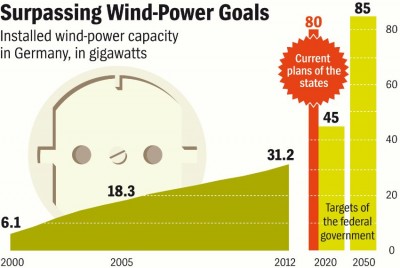
The German government wants to have renewable sources supply 35 percent of Germany’s energy by 2020. And, in their excessive zeal, the federal states have already designated enough land for green infrastructure capable of lifting this figure to 80 percent within the same period.
URL to article: https://www.wind-watch.org/news/2013/07/15/germanys-energy-transition-encounters-headwinds/